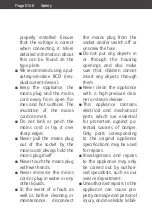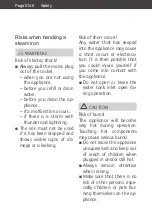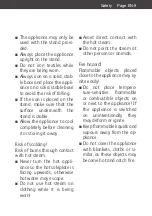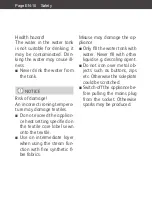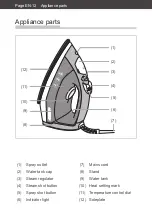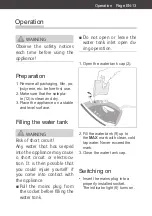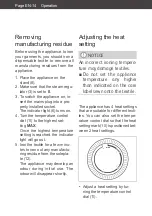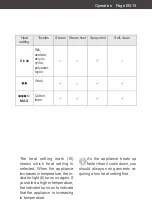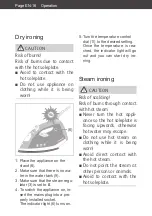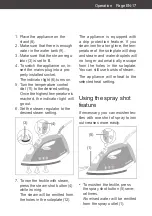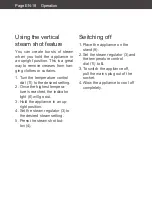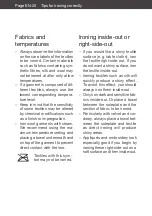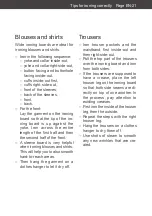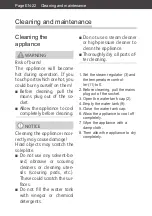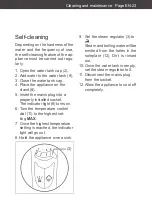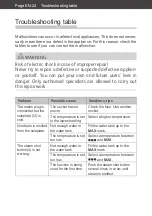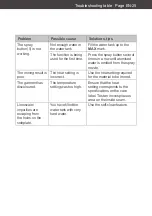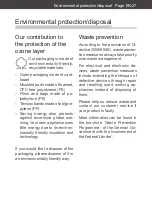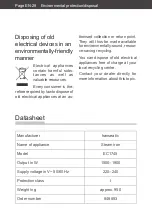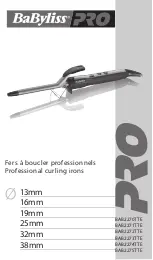
Tips for ironing correctly
Page EN-20
Fabrics and
temperatures
– Always observe the information
on the care labels of the textiles
to be ironed. Certain materials
such as fabrics containing syn-
thetic fibres, silk and wool may
not be ironed at all or only at low
temperatures.
– If a garment is composed of dif-
ferent textiles, always use the
lowest corresponding tempera-
ture level.
– Keep in mind that the sensitivity
of some textiles may be altered
by chemical modifications such
as a finish or impregnation.
– Iron wool garments with steam.
We recommend using the ma-
ximum temperature setting and
placing a towel underneath and
on top of the garment to prevent
direct contact with the iron.
Textiles with this sym-
bol may not be ironed.
Ironing inside-out or
right-side-out
– If you would like a shiny textile
surface (e.g. table cloths), iron
the textile right-side-out. If you
do not want a shiny surface, iron
the textile inside-out.
– Ironing textiles such as silk will
quickly produce a shiny effect.
To avoid this effect, you should
always iron them inside-out.
– Only iron dark and sensitive fab-
rics inside-out. Or place a towel
between the soleplate and the
section of fabric to be ironed.
– Particularly with velvet and cor-
duroy, always place a towel bet-
ween the soleplate and textile
as direct ironing will produce
shiny areas.
– Appliqués and embroidery look
especially good if you begin by
ironing these right-side-out on a
soft surface and then inside-out.

